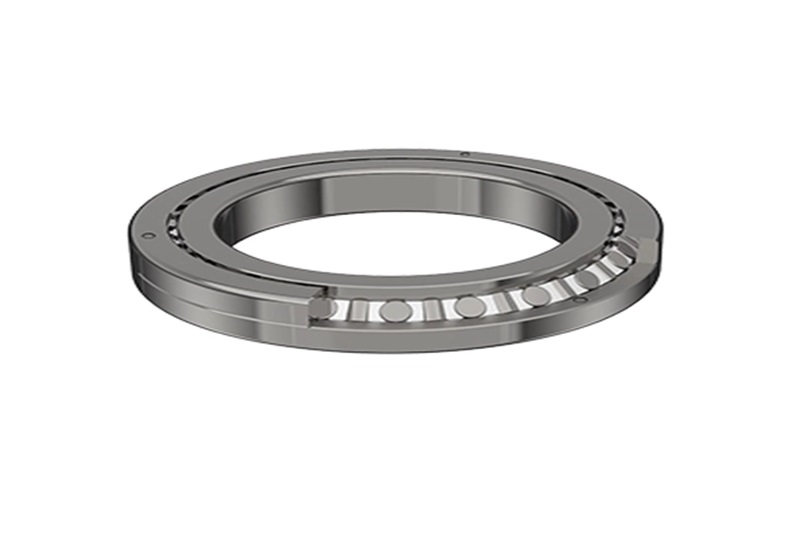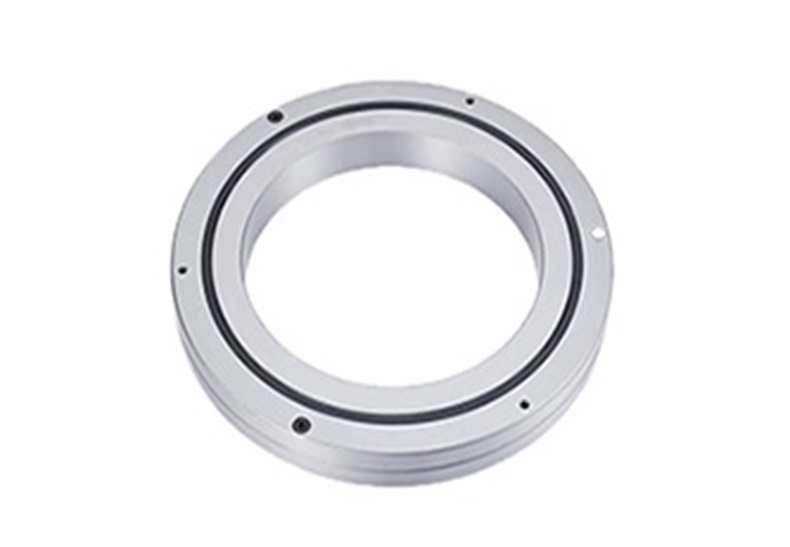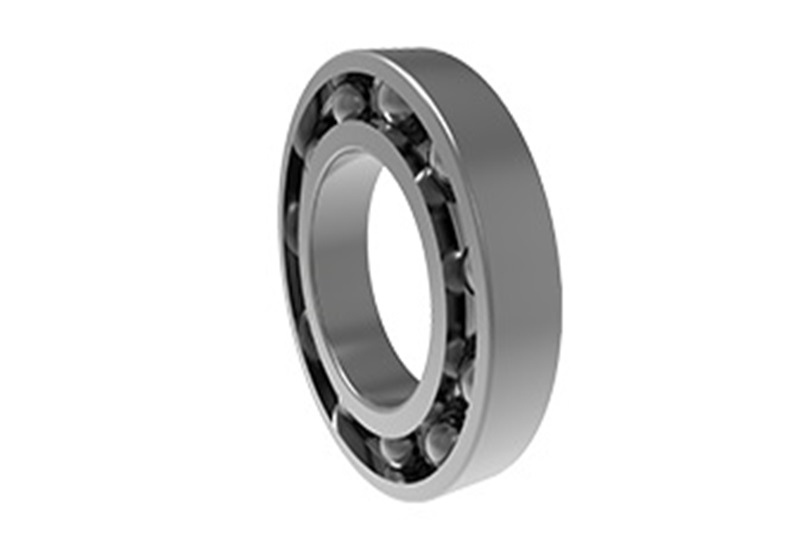Bearing Selection: Bearing Clearance
Ⅰ. Factors affecting the bearing selection
As part of the bearing selection process, when the bearing type, size, and fit are determined, other factors must be considered to determine the final bearing model further. These factors include: Bearing clearance or preload; Bearing tolerances; Suitable cage; Built-in seal; Special requirements, such as coating and other product characteristics.
Ⅱ. The clearance of different bearing types
The internal clearance is defined as the total distance that one bearing ring can move in the radial direction (radial internal clearance) or axial (axial internal clearance) relative to the other bearing ring.
The bearing clearance in operation will affect the bearing life, heat generation, vibration, noise, etc. Therefore, it is crucial to select the appropriate clearance. When the bearing is running, theoretically, the service life of the bearing is the longest when the working clearance is a slightly negative value. As shown below. When selecting the initial bearing clearance, you should ensure that the running clearance is slightly larger than 0 to ensure that the bearing's running clearance remains somewhat smaller than 0.
The bearing clearances of industrial bearing types can be divided into initial clearance, assembly clearance, and running clearance. The initial clearance is the internal clearance before the bearing is installed. Assembly clearance is the internal clearance before operation after the bearing is installed. Running clearance is the internal clearance at which the bearing reaches a stable temperature during operation. In most applications, the initial clearance in the bearing is greater than its working clearance. This is because the interference fit with shaft and bearing seat and thermal expansion of bearing rings and related parts.
For the bearing to run reliably, there must be a proper working clearance. In most cases, the bearing products require a certain degree of clearance. However, in some cases, they may require preload, that is, negative clearance. In practical applications, it is better to follow the following principles:
1. The working clearance of the ball bearing should be close to zero.
2. Cylindrical, needle roller, spherical and toroidal roller bearings usually require a small amount of working clearance.
3. Tapered roller and angular contact ball bearings should have a small amount of working clearance. A certain degree of preload can be set for installation in applications requiring high rigidity or positioning control.
The selection of the initial internal clearance and the passage of the preload load need to consider the method of calculating the working clearance and the initial internal clearance required by the preload load to meet the application's requirements.
The working clearance or preload of the bearing can affect the friction, the size of the load zone, the fatigue life, and so on. The following figure illustrates the relationship between these parameters. The diagram is based on a rolling bearing under a radial load. For ordinary applications, the operating clearance range should be within the recommended range.
The working clearance required for the reliable bearing operation depends on the application conditions. It must be ensured that the bearing has a minimum initial internal clearance. When the clearance becomes smaller due to installation and other factors, the minimum initial clearance should be greater than or equal to the required minimum working clearance.To achieve this, follow these steps:
1. Consider the reduction in clearance caused by interference fit
2. Consider the reduction of the clearance caused by the temperature between the shaft, the bearing ring, and the bearing seat
3. Consider the reduction of the clearance caused by other factors, such as the slight increase in the diameter of the bearing ring caused by the axial locking of the bearing ring
4. Consider the minimum initial clearance required
5. Select the initial clearance range (the minimum initial clearance required and the bearing configuration for installation and adjustment)
For other bearing types, the minimum clearance in the selected bearing clearance class (standard, C3, C4, etc.) is equal to or greater than the estimated minimum initial internal clearance. Then verify whether the maximum clearance value of the selected clearance level is suitable for the application of the equipment. If the top support is too large, consider choosing a narrower clearance group, for example, C3L, which only includes the lower half of the C3 clearance range.














 English
English  français
français  Deutsch
Deutsch  italiano
italiano 



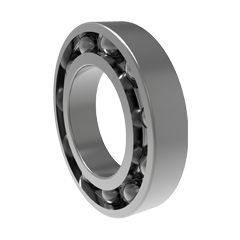
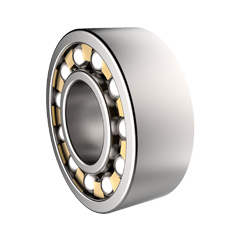
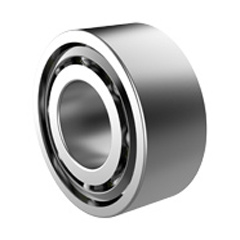
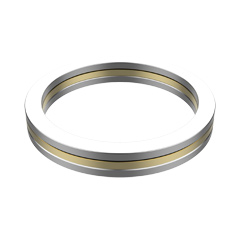
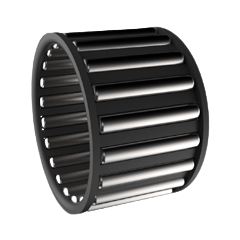
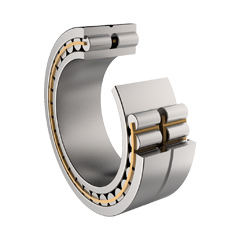
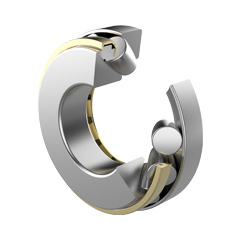
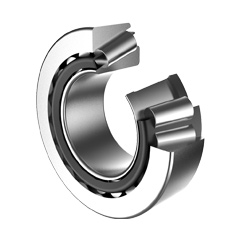
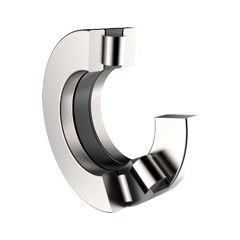
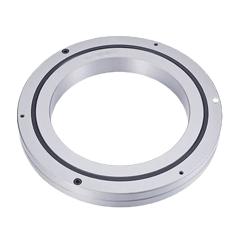
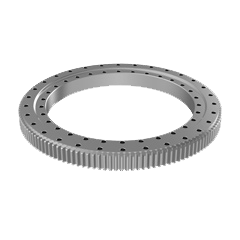

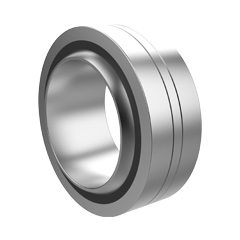

 English
English  français
français  Deutsch
Deutsch  italiano
italiano 

